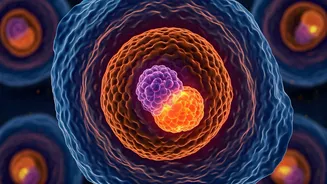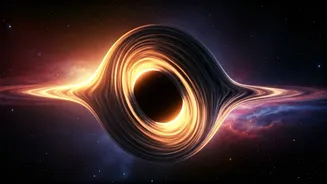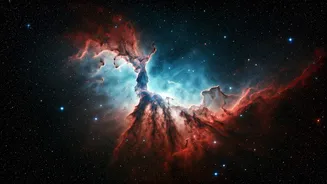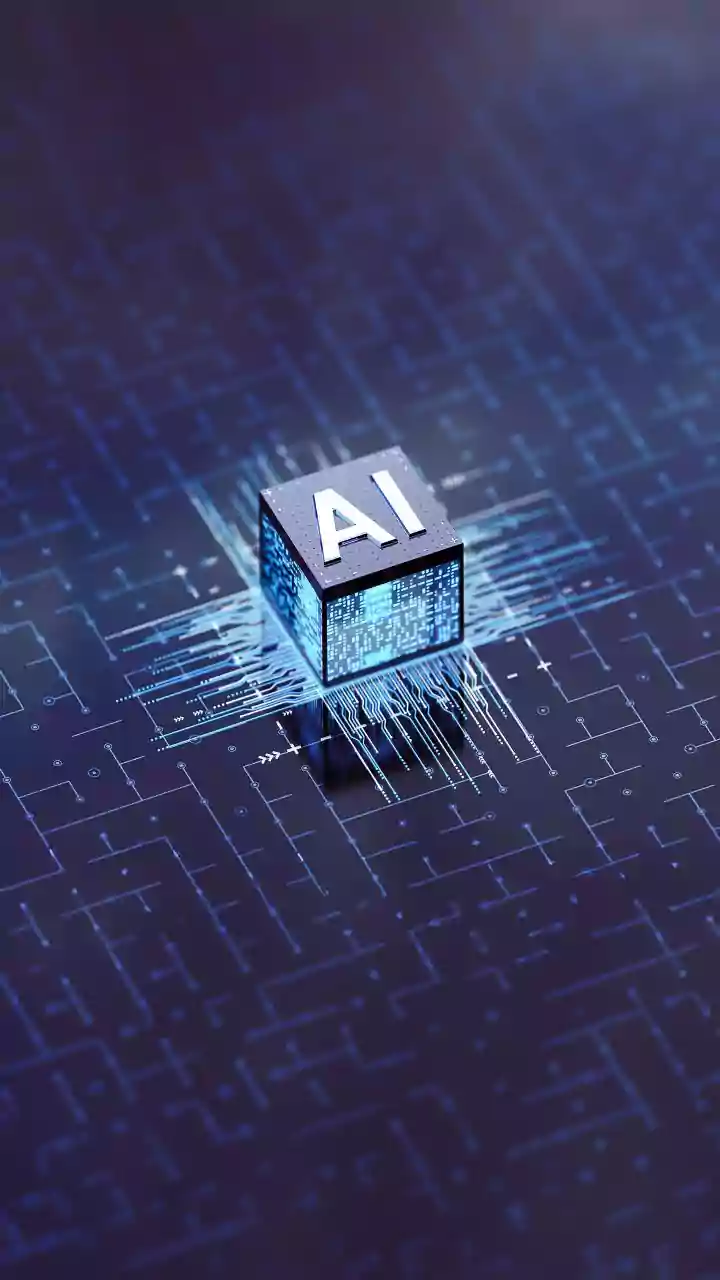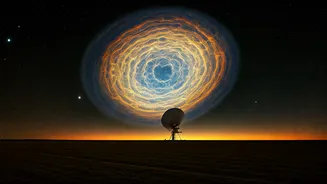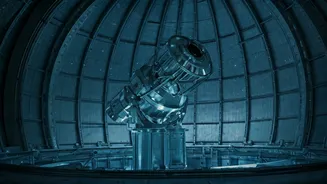Einstein's Prediction Revisited
Decades ago, the brilliant mind of Albert Einstein put forth the idea of a peculiar illusion related to the speed of light. This theory posited that it was
possible to create an optical effect which would trick observers into perceiving movement at speeds approaching that of light itself. However, the idea remained theoretical, lacking the experimental verification to establish its practical application. The recent effort undertaken by a team of physicists was not merely a re-examination of Einstein's work, but a determined effort to transform a theoretical concept into a tangible reality. The goal was to successfully recreate this rarely observed phenomenon, adding considerable weight to Einstein's original theories and opening exciting potential avenues for future research and discovery. The successful recreation, therefore, marks not only the validation of a decades-old prediction but a tangible advancement in fundamental physics.
The Illusion's Mechanism Unveiled
The core of the recreated illusion rests on the ingenious manipulation of light waves. The experiment makes use of a specific arrangement of elements to imitate movement at near-light speeds. At its heart, the concept depends on the interaction between light and matter. Researchers designed an environment where light interacts with particles and substances in a way that mirrors the effects of extreme velocities. The scientists utilized specialized equipment and techniques to control and observe the behavior of light. Through intricate processes, they were able to carefully shape the optical landscape, creating the necessary conditions for the illusion. The result was a convincing visual representation of motion at near-light speed. This experiment demonstrates how scientists can carefully control and alter the properties of light to create mind-bending visual effects. This could open novel ways to explore the physics of high-speed particles and how light behaves in these extreme circumstances.
Experimental Setup and Process
The setup of the experiment was a precise and complex arrangement of advanced technology and meticulous scientific methodology. The experiment was engineered to control light's behavior with extraordinary accuracy. It involved the use of highly calibrated lasers and advanced optical systems. The researchers carefully selected the materials used, making sure that they would interact with light in specific ways. The entire setup was designed to ensure the accurate observation and measurement of the resulting effects. This required strict controls to minimize external interference, like fluctuations in temperature and ambient light. Data collection and analysis was just as important. The team employed sophisticated detection devices and data-processing algorithms to accurately capture and interpret the outcomes. The successful reproduction was dependent on combining scientific precision with inventive technical expertise. The methodology serves as a model for how cutting-edge technology can facilitate significant advancements in fundamental scientific understanding.
Implications and Future Directions
The significance of this experiment extends far beyond simply proving Einstein's theories. The ability to generate a near-light-speed illusion is anticipated to open new doors in numerous fields. One possible application area is the investigation of the nature of matter and high-speed phenomena. The findings may offer tools for exploring particle physics and cosmology, which can enhance our comprehension of the universe. The researchers' successful demonstration also creates opportunities to study the behavior of light under extreme conditions. This includes developing new technologies in areas such as communications and imaging. Furthermore, this accomplishment fosters the advancement of optical devices capable of manipulating light in unusual ways. Ultimately, this experiment will inspire a new wave of investigation. It could potentially transform our understanding of the universe at its most fundamental level. The experiment is an important step forward and opens the door to exciting scientific exploration.


